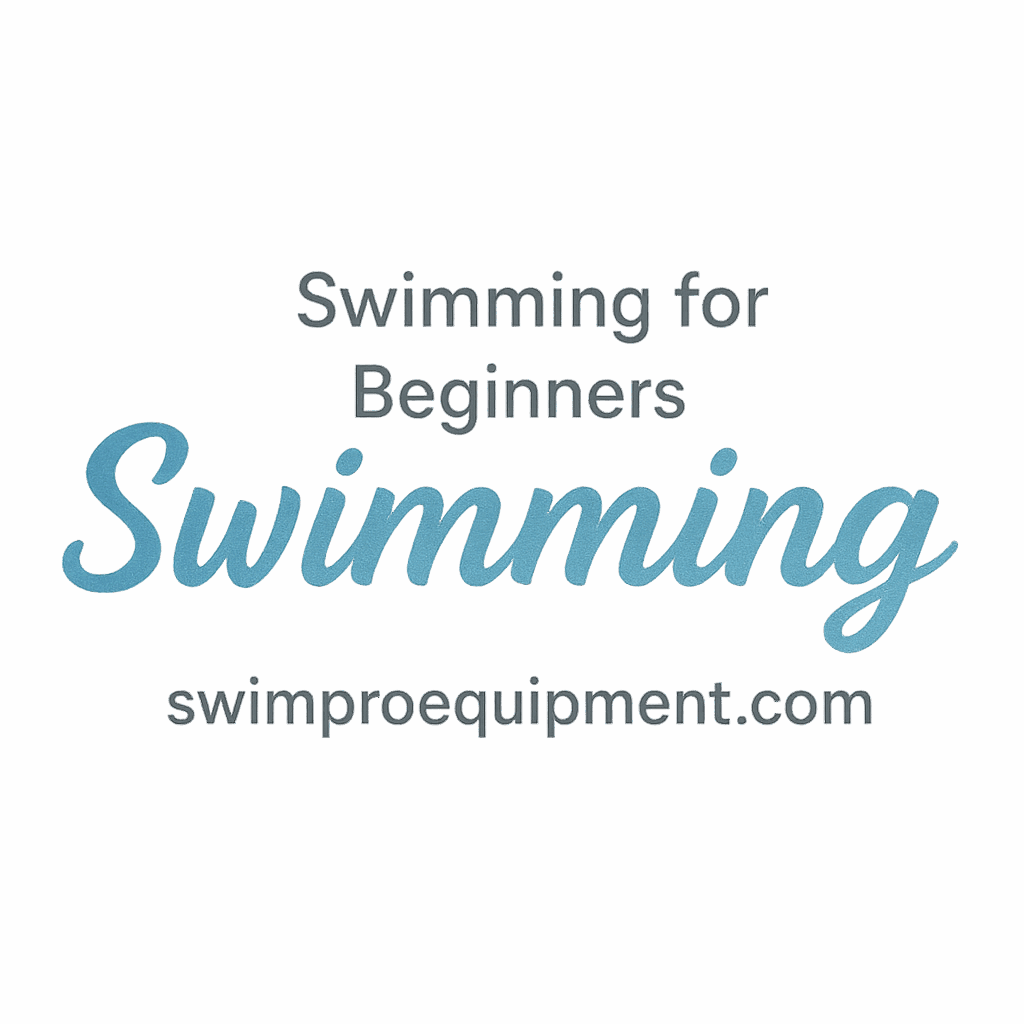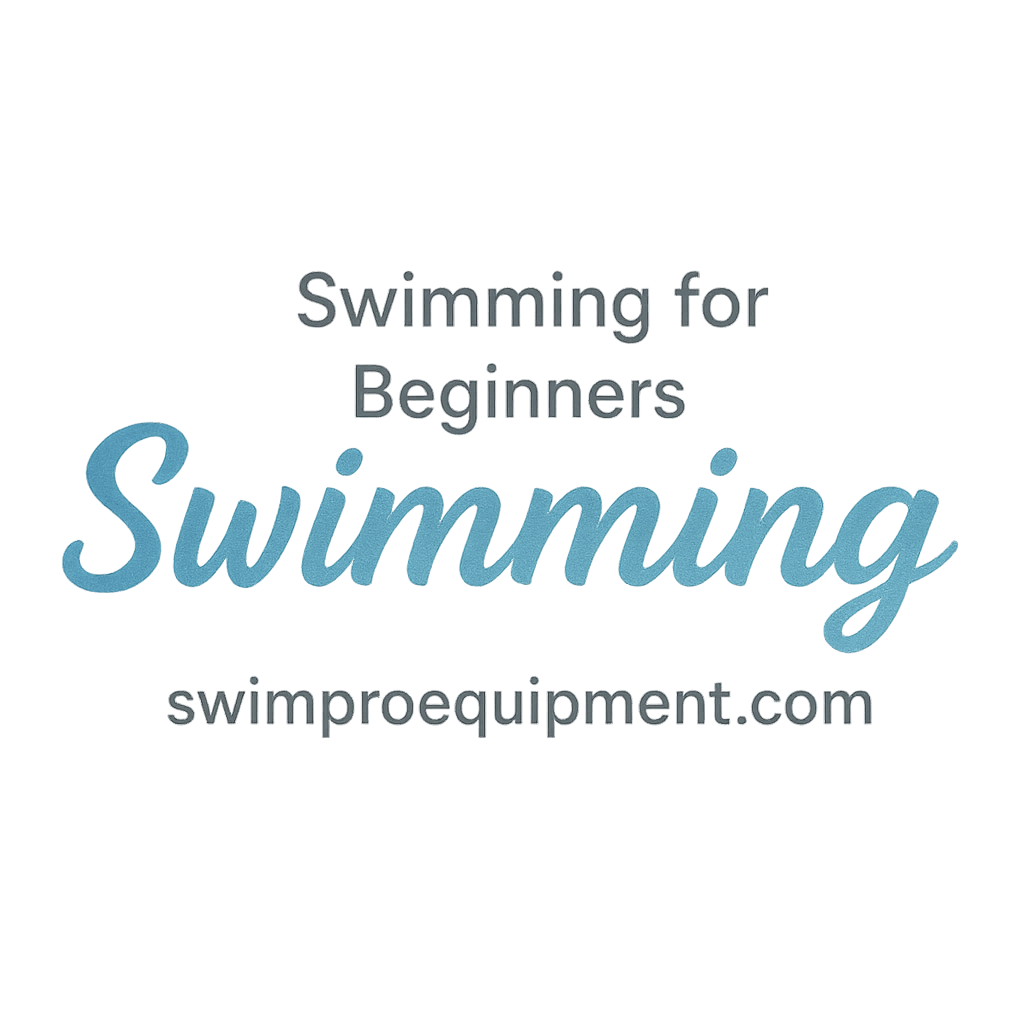Introduction
Having a pool at home is amazing—sunny afternoons, water games, and tons of fun. But let’s be real: it’s not all splash and play. A pool can be dangerous if the proper safety measures aren’t in place. Whether you’re a seasoned swimmer or a newbie, home pool safety should never be taken lightly.
That’s why we’ve put together the ultimate checklist to ensure pool safety at home. These 10 checklists will help you protect your loved ones, reduce risks, and make sure your backyard stays the fun zone it’s meant to be.
Ready to dive in? Let’s make your home pool a safe place for everyone.
1. Install a Secure Pool Fence
Why Pool Fencing is a Must
A solid pool fence is your first line of defense—especially if you have kids or pets. According to safety experts, a four-sided isolation fence reduces a child’s risk of drowning by 83%.
And if you think, “Oh, I’m always watching,” think again. Accidents happen fast, and a fence buys you those precious seconds.
Best Types of Pool Fences
- Removable mesh fencing – Great for flexibility and easy to store.
- Glass fencing – Offers clear visibility while keeping aesthetics intact.
- Vertical bar fencing – Economical and effective.
Make sure the gate is self-latching and opens outward, away from the pool.
👉 Learn more about pool safety & health.
2. Use a Pool Cover When Not in Use
Types of Pool Covers
Pool covers aren’t just about keeping leaves out. They can be life-saving barriers if chosen wisely.
- Manual covers – More affordable, but require effort.
- Automatic covers – Easy to operate with the push of a button.
- Safety covers – Specifically designed to support weight.
How Pool Covers Prevent Accidents
They act like a lid, preventing children or animals from falling in when you’re not around. Make sure it’s properly secured every time you use it.
🌐 Explore essential swimming gear & equipment including pool covers.
3. Keep Pool Alarms Installed and Functional
Different Types of Pool Alarms
Technology to the rescue! Pool alarms alert you when someone enters the pool unexpectedly.
- Surface wave alarms – Detect movement on the water surface.
- Subsurface alarms – Monitor underwater activity.
- Wearable alarms – Attach to a child’s wrist and sound when wet.
How Pool Alarms Save Lives
Seconds count in an emergency. A loud alarm gives you immediate warning to act fast.
🔔 Browse tips on tracking progress and safety in swimming.

4. Maintain Proper Supervision
The Role of Adult Supervision
There is no substitute for watching with your own eyes. Designate a “Water Watcher”—a responsible adult whose job is to monitor the pool. Even if lifeguards are present at a party, still keep personal watch.
Set Clear Rules for Kids
Make these poolside laws non-negotiable:
- No running.
- No pushing.
- No diving in shallow areas.
- Always ask permission before entering the pool.
👶 Start their journey right with swimming basics & techniques.
5. Learn CPR and Emergency Response Skills
CPR Saves Lives—Literally
Imagine your child is pulled from the water unconscious. Do you know what to do?
Knowing CPR can be the difference between life and death. Take a certified CPR course—it’s worth every second.
Emergency Contact Checklist
Have this info clearly posted near the pool:
- Emergency services: 911 or local number
- Your home address
- Contact numbers of parents/guardians
🧠 Learn more in Motivation & Progress for Swim Learners.
6. Store Pool Chemicals Safely
Chemical Hazards and How to Avoid Them
Pool chemicals are dangerous when handled carelessly. Mixing them incorrectly or storing them in sunlight can cause fires, explosions, or toxic fumes.
Proper Storage Guidelines
- Store chemicals in a locked cabinet.
- Keep them dry and cool.
- Never mix different types.
☢️ Visit our safety essentials section for more on handling gear properly.
7. Have Proper Swimming Gear & Safety Equipment
Must-Have Safety Gear for Home Pools
- Life jackets for beginners
- Pool noodles or floats (not substitutes for supervision!)
- Rescue hook and life ring
- First-aid kit poolside
Why Quality Gear Matters
Cheap gear can fail when you need it most. Invest in durable, high-quality equipment from trusted brands.
🛟 Check out top-rated swimming essentials and gear.
8. Practice Safe Diving and Jumping Rules
Know the Right Pool Depth
Diving should only happen in water at least 9 feet deep. Mark shallow areas clearly and educate kids on the risks of spinal injury.
Teach Kids About Diving Safety
Create a diving safety mantra: “Feet first every time, unless you’re sure it’s fine.”
🏊 Stay ahead with technique improvements and safety.
9. Conduct Regular Pool Maintenance
Keep the Water Clear and Clean
Dirty water isn’t just gross—it’s unsafe. Algae, bacteria, and unclear water can hide hazards. Test pH and chlorine levels weekly.
Check Drains and Filters for Safety
Old or broken drain covers can trap swimmers underwater—a leading cause of entrapment. Install anti-vortex drain covers.
🔧 Get beginner help at training workouts for beginners.
10. Educate Everyone in the Household
Pool Rules for Guests and Visitors
If guests come over—especially if they have kids—review your pool rules. Don’t assume they know what’s safe.
Teach Basic Swimming Skills
Everyone should at least know how to:
- Float on their back
- Tread water
- Get to the side safely
🎓 Find guides and tips under the beginner tag.
Conclusion
Home pools are awesome. But with great fun comes great responsibility. By following these 10 checklists for pool safety at home, you create a worry-free environment where everyone can splash, swim, and smile.
Don’t just rely on one method—layer your safety approach. Install the gear, educate your family, and stay alert.
Want to turn your home pool into a safety fortress? Use our guides at SwimProEquipment.com to upgrade your pool safety game.
FAQs
1. What is the safest type of pool fence?
The safest pool fences are 4-feet high, climb-resistant, and feature self-latching gates. Mesh and glass fences are both great choices.
2. Are pool alarms really necessary?
Yes! Pool alarms add an extra layer of protection, especially for families with toddlers or pets.
3. How often should I test my pool water?
Test at least once a week, or more if you’re using the pool frequently.
4. Is a pool cover enough to prevent drowning?
Pool covers help, but they’re only one part of a multi-layered safety plan. Always combine them with fences, alarms, and supervision.
5. What’s the best way to teach kids pool safety?
Make it fun! Use stories, games, and role-playing to reinforce rules and safe behaviors.
6. Can I do CPR without formal training?
You can try compression-only CPR in emergencies, but formal training significantly boosts your effectiveness.
7. What should I keep in my poolside first-aid kit?
Include band-aids, antiseptic wipes, burn cream, tweezers, CPR mask, and an emergency contact list.


